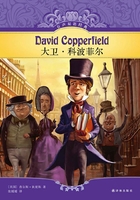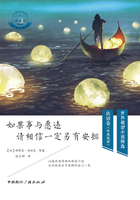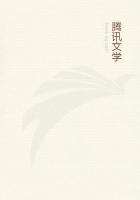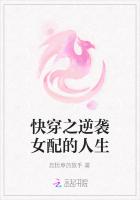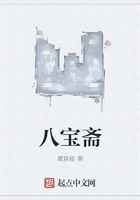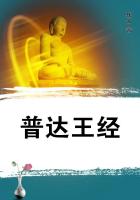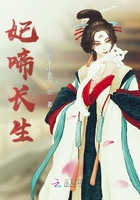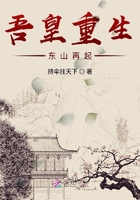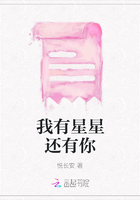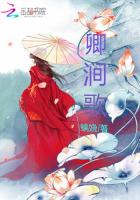Crystallization of Chinese Culture
Distinctive Chinese Publications
Ancient Chinese books, the most significant and direct output of ancient Chinese publishing, are good indicators of the tremendous number of publications handwritten or printed before 1911. With a long history and strength in numbers, by a conservative estimate there were no less than 100,000 different ancient books. Ancient Chinese books, embodying a concentrated reflection of the splendor of Chinese history and culture, are not only a flourishing symbol of the Chinese publishing industry, but also a crystallization of ancient Chinese wisdom and traditional culture.
From the 7th century onwards, ancient Chinese books were classified into four categories: “Jing, Shi, Zi and Ji.” “The Thirteen Confucian Classics” are part of “Jing,” the “Twenty-five Histories” are “Shi,” the “Selected Readings of Confucian and other Ancient Chinese Classics” are “Zi” and the “Poems and Prose Works” are “Ji,” together they offera more concentrated reflection of the characteristics of Chinese culture. In addition, numerous large reference books and series books bore another feature of broad Chinese culture. Among them, the Yongle Encyclopedia and The Compendium of Works of the Past and the Present are reference books and the Siku Quanshu are series books, both typical representatives of the brilliant achievements of China’s ancient publishing industry.
The publishing industry in contemporary China continues the fine tradition of the ancient publishing industry. It publishes and republishes more than 100,000 different books every year. Among them there is no lack of outstanding publications that represent the level of publishing and cultural achievement of Contemporary China such as Revised Continuation of Siku Quanshu, Zhonghua Dazang Jing (an encyclopedia of Tibetan studies in 150 volumes), Encyclopedia of China, etc.
The Thirteen Confucian Classics
In the 2,000-plus years of feudal society, Confucian culture occupied a leading place in China. Confucian works were so decidedly superior to others that the works about the study and interpretation of Confucian classics came out one after another in massive numbers, shaping the unique study of “Confucian classics.”
“Confucian Classics” are books compiled by the Confucians with Confucius as their representative and generally endorsed by Chinese feudal governments. The study of the academic system was formed by the remarks and themes of the feudal governments, intellectuals and bureaucrats throughout the dynasties. As a result, there is a peculiar phenomenon in Chinese cultural history and Chinese book history, which is the belief that the “study of Confucian classics is superior, other learning is inferior; the study of Confucian classics is the main theme and other studies are subthemes.”
In ancient China, 13 works called the Thirteen Confucian Classics, were regarded as the most important. They were I Ching, Shangshu, the Book of Odes, the Chou Rituals, the Book Ceremony and Ritual, the Book of Rites, the Zuo’s Commentary of the Spring and Autumn Annals, the Gongyang Commentary of the Spring and Autumn Annals, the Guliang Commentary of the Spring and Autumn Annals, the Analects of Confucius, the Book of Filial Piety, Erya, and Mencius.
As Confucian classics, no other old works can parallel the Thirteen Confucian Classics in terms of position as well as a deep and broad influence. With them as the focus, a large number of derivative works about the Study of Confucian classics emerged. Those works are hundreds of times more numbers than the Thirteen Confucian Classics, which total 650,000 words. There are more than 4,000 books with 50,000 volumes dedicated to interpreting the classics. These interpretations have become one of the most important and richest types of ancient Chinese books. With a wide range of knowledge, the Thirteen Confucian Classics, as the basic works of Confucian culture, are the significant works of Chinese traditional academy. The I Ching, the highest in rank, is given first priority over the Thirteen Confucian classics. Originally a book of divination, it is based on the “Yin, Yang and Eight Diagrams,” which is externally mysterious but profoundly imbedded with philosophy.
Shangshu documents ancient times. Its main component is royal proclamations and minutes of talks between the emperor and his subjects. It shows the impact of the Five Elements (gold, wood, water, fire and earth) having a significant impact on Chinese thinking.
The Book of Odes, dating from the early Western Zhou Dynasty to the middle of the Spring and Autumn Period and contains the earliest poetic syllogism in China. It is regarded as the model for tradition Chinese poems, which include The Ballads, The Dynastic Hymns, and The Sacrificial Songs. The Ballads refers to the chants of the vassal states during the Zhou Dynasty; the Dynastic Hymns includes court music and part of the rites and music in the territory controlled Zhou Dynasty; the Sacrificial Songs described sacred dance music and poems for the upper classes in the ancestral temple.

